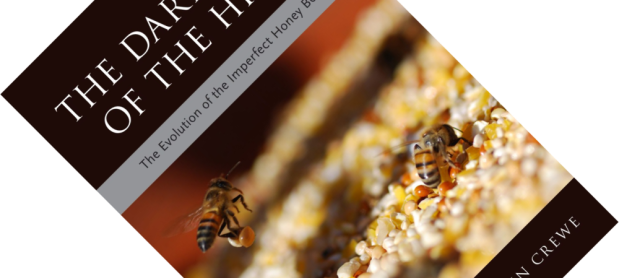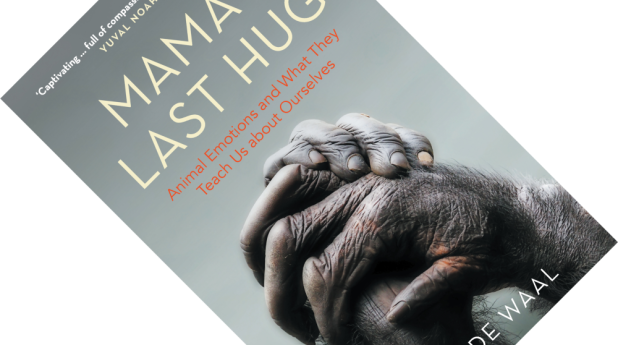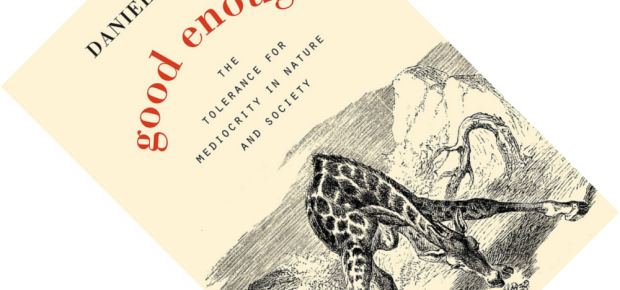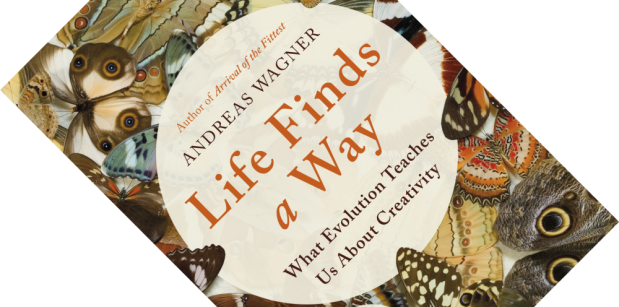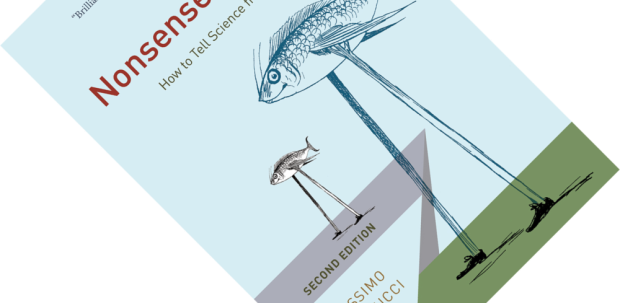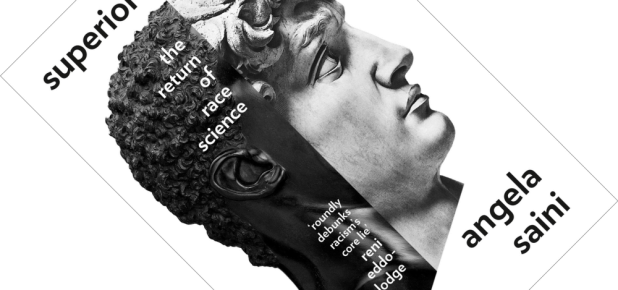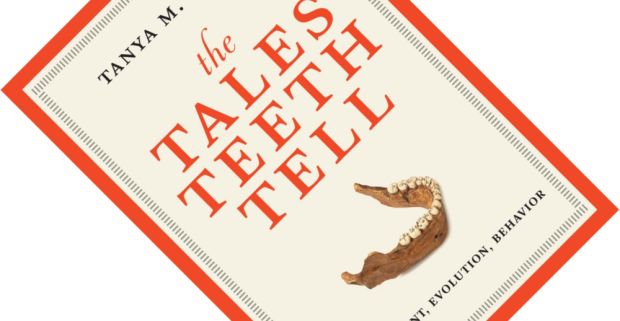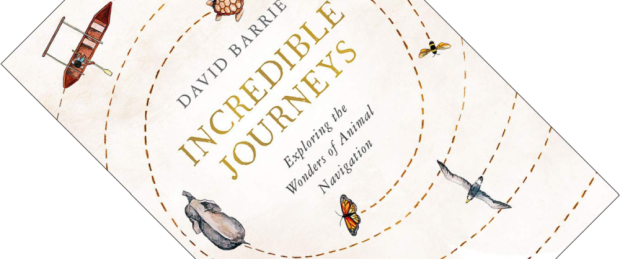The honey bee has a very positive reputation: a clever, industrious insect that organises itself in remarkably collaborative societies. But bee researchers Robin Moritz and Robin Crewe want to balance this picture. Yes, bee colonies are a marvel, but once you stop focusing on the level of the colony, all sorts of imperfections become apparent: cheating, robberies, regicide, euthanasia, evolutionary maladaptations, illogical reproductive strategies, etc. Welcome to the dark side of the hive.
evolutionary biology
Book review – Mama’s Last Hug: Animal Emotions and What They Teach Us about Ourselves
Do animals experience joy, grief, or shame? Most people will be quick to attribute all sorts of emotions to pets and other animals. But many biologists remain uncomfortable with this, well, touchy-feely subject. As scientists, we are trained to be objective, cool, and detached when making observations. Anthropomorphism – the attribution of human traits to animals – has traditionally been a big no-no. But the tide is turning, and well-known Dutch-American primatologist Frans de Waal is here to help it along. Mama’s Last Hug is a smart, opinionated, and insightful book arguing we have long overestimated humans and underestimated animals.
Book review – Good Enough: The Tolerance for Mediocrity in Nature and Society
In popular discourse, the theory of evolution has become a victim of its own success, reduced to sound-bites such as “survival of the fittest”. Biologists will of course quickly point out that this is an oversimplification, though philosopher Daniel S. Milo takes things a few steps further. Good Enough is a thought-provoking critique of the dominance of adaptationist explanations. He argues that, while natural selection is important, it is not the only, possibly not even the default mechanism, in evolution. No, Milo claims, the mediocre also survive and thrive.
Book review – Symphony in C: Carbon and the Evolution of (Almost) Everything
Many works of popular science claim to be histories of almost everything or everyone, but earth scientist Robert M. Hazen might actually be in the position to stake that claim. Whether you are talking stellar evolution, the origin of life, organic chemistry, synthetic materials, or hydrocarbon fuels – the multifaceted atom carbon is ubiquitous and pervasive. Symphony in C is a whirlwind tour through geology, biochemistry, and evolutionary biology that is an incredibly absorbing read, although in places it almost comes apart at the seams under the intensity of its enthusiasm.
Book review – Life Finds a Way: What Evolution Teaches Us About Creativity
Back in 2014, evolutionary biologist Andreas Wagner blew my mind. His book Arrival of the Fittest: Solving Evolution’s Greatest Puzzle gave fascinating answers to the question of where evolutionary innovations come from. I will say more about it below, but in short, there are many ways to solve a problem. But, as Life Finds a Way shows, not all solutions are equally good. To evolve from a suboptimal solution to a superior one usually involves several steps through intermediary solutions that are even worse, something that natural selection acts against. So how does evolution overcome such obstacles? And what does the answer have to do with human creativity? Can we apply these ideas further afield in education or economics? And is this book going to be as good as his last one? So many questions…
Book review – Nonsense on Stilts: How to Tell Science from Bunk (Second Edition)
In a time of fake news and alternative facts, being able to separate the proverbial scientific wheat from the pseudoscientific chaff is vitally important. But seeing the wide acceptance of a lot of dubious ideas, critical thinking does not come easily. So, how, then, do you tell science from bunk? Updating his 2010 book Nonsense on Stilts, evolutionary biologist and philosopher Massimo Pigliucci once again attacks this problem from many sides. Going far beyond cheap potshots at pseudoscience, I found a book that takes an equally serious look at the more insidious phenomena of think tanks and postmodernism, with a healthy side-serving of history of science. The result is a readable introspection on what science is and how it is done.
Book review – Superior: The Return of Race Science
Over something as mundane as the tone of one’s skin humans have been inflicting intense grief and misery upon each other for centuries. And when biology and anthropology arose as scientific disciplines, they were brought into the fold to justify subjugation, exploitation, and slavery. With Superior: The Return of Race Science, journalist Angela Saini has written a combative and readable critique of race science that seems to be rearing its ugly head again. But in her fervour, does she take it too far to the other extreme?
Book review – The Tales Teeth Tell: Development, Evolution, Behavior
When I picked up The Tales Teeth Tell, the first thing I thought was: “Another book on fossil teeth?” After reviewing Ungar’s Evolution’s Bite: A Story of Teeth, Diet, and Human Origins in 2017 I was worried this might be more of the same. Was I ever wrong! Professor in human evolutionary biology Tanya M. Smith here shows there is a lot more to say about human teeth and their evolution.
Book review – Incredible Journeys: Exploring the Wonders of Animal Navigation
The ancient Chinese philosopher Laozi (also written Lao Tzu) supposedly wrote that “A journey of a thousand miles begins with a single step”. But as writer David Barrie shows with Incredible Journeys, before we can even take that step, every journey starts with navigation: where are you and where are you going? Animals of all stripes can make incredibly long journeys, usually without getting lost. This wonderful popular science book explores the remarkable diversity of strategies they employ to find their way.
Book review – Discovering Retroviruses: Beacons in the Biosphere
In the already unusual world of viruses, retroviruses stand out for being even more so. Called “retro” because they reverse the flow of genetic information from RNA to DNA, rather than the normal DNA to RNA, they have turned out to be ancient, omnipresent, and incredibly influential. They are also important as they cause diseases such as AIDS. With Discovering Retroviruses, Anna Marie Skalka delivers a book dedicated to this particular group that is as technical as it is fascinating.

